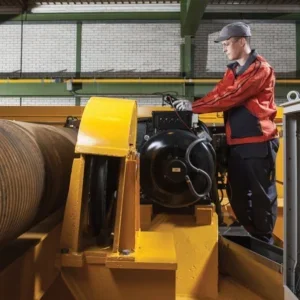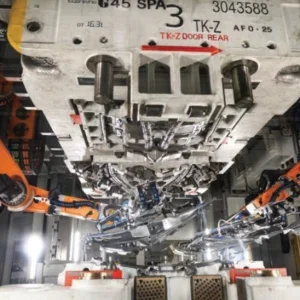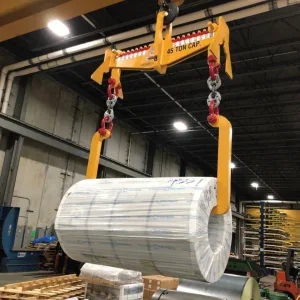The world’s biggest ports are Shanghai, Singapore, Ningbo-Zhoushan China and Shenzhen, China.
Shipping firms are making the switch to avoid delays at Ningbo, which suspended some trucking services near that port after an outbreak of Covid-19. Ships are also re-routing to Xiamen in the south.
Those diversions are adding to a new wave of congestion facing China’s ports as an increasing number of cities deal with virus outbreaks and the strict testing of workers is adding further stress to strained supply chains.
The influx of ships into Shanghai has delayed sailing schedules for container ships by about a week, according to experts. Those delays may then ripple outward to already backlogged gateways into the U.S. and Europe.
“The port congestion issue will continue to impact restocking cycles this quarter, alongside the Omicron breakout,” said Josh Brazil, VP, supply chain insights. logistics intelligence firm project44.
Peter Sand, chief analyst at Xeneta, an ocean freight rate benchmarking and market analytics platform, said it won’t be until ‘2023 that we will see a market akin to what we have pre-pandemic’, adding exporters need to make supply chains more resilient.
“Making your supply chain more resilient either requires higher inventories, more goods moving earlier or setting up a production facility nearer the export market to avoid the current hurdles. Options are available anywhere in between the two extremes,” says Sand, who urges exporters to plan better for the future.
Experts had originally expected things to get better in 2022. “Omicron made a dramatic entry just when the world started preparing for the comeback of the supply chain. Now partial lockdowns in China, which is the epicenter of container manufacturing and supply in general, will have a ripple effect on the supply chain,” says logistics technology firm Container xChange.
Shipping a container through major U.S. ports now takes triple the time it normally does. In September, about one-third of containers at the L.A. and Long Beach ports sat longer than five days before being shipped out, according to Ronnie Walker, economist, Goldman Sachs. Offloaded containers dropped by 9.1% at Long Beach and 3.6% at Los Angeles.
“The upshot is that the outlook offers no immediate fixes for the underlying supply-demand imbalance at US ports,” says Walker. Though he sees some easing ahead, he added that “congestion will likely persist to some extent through at least the middle of this year, and our analysts expect that freight rates will likely remain meaningfully above pre-pandemic levels for at least the next year.”
Jennifer Eagle, editor






